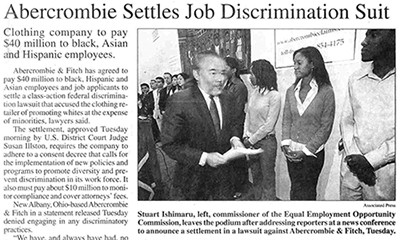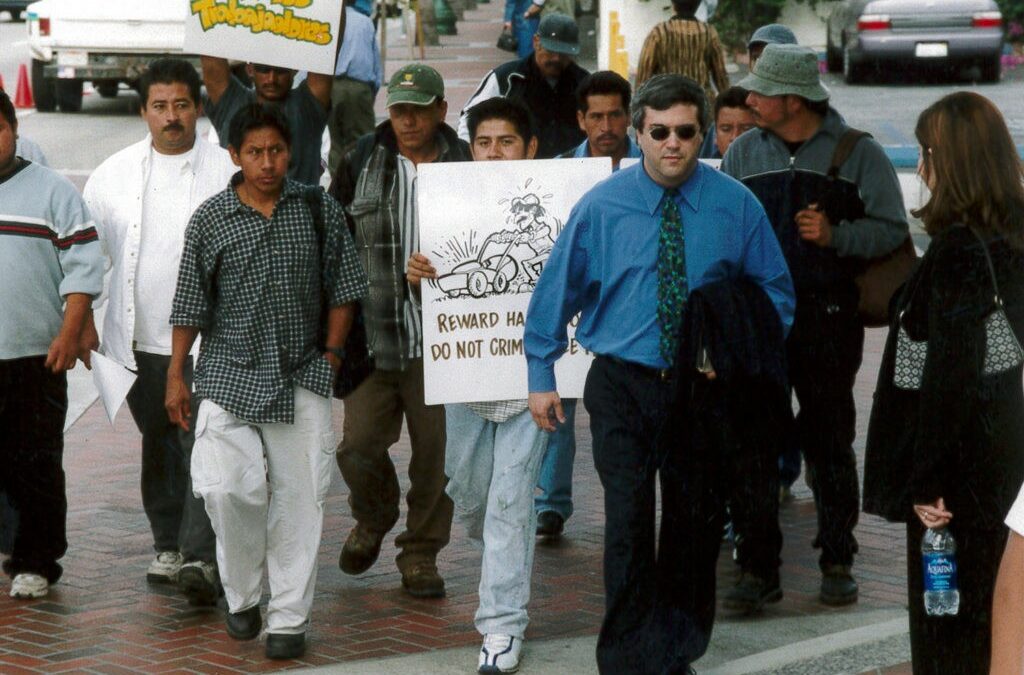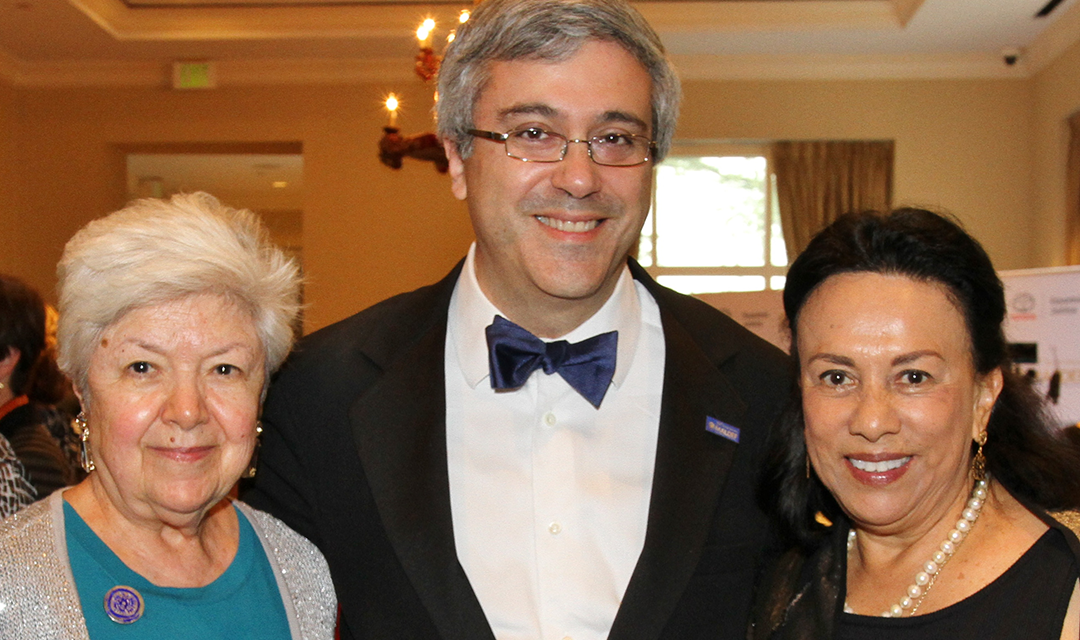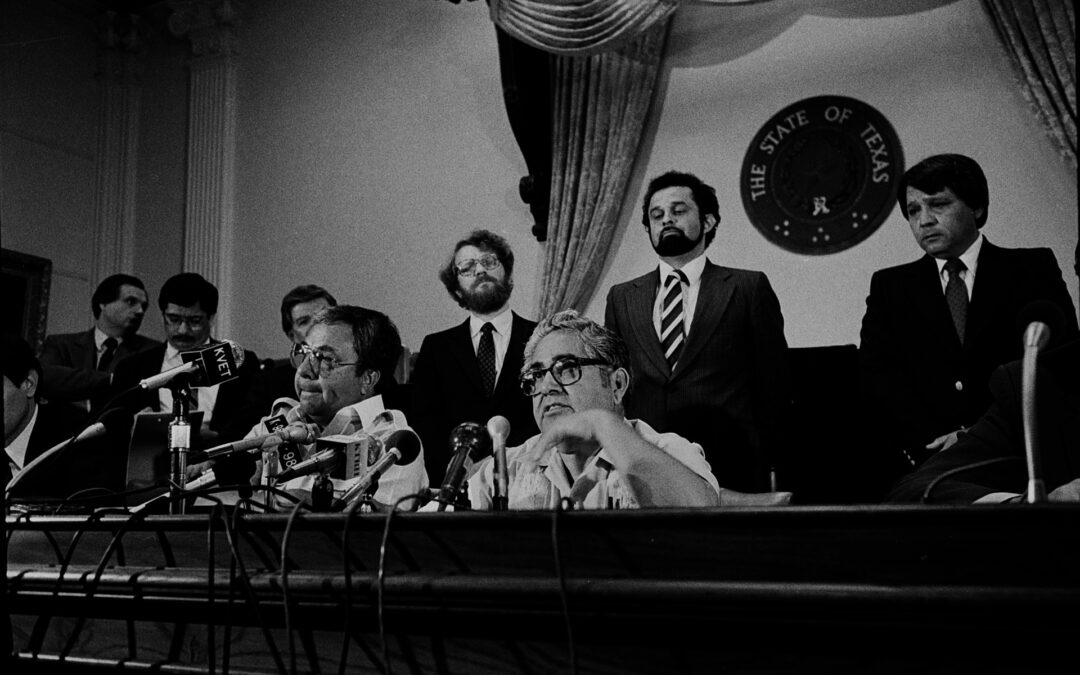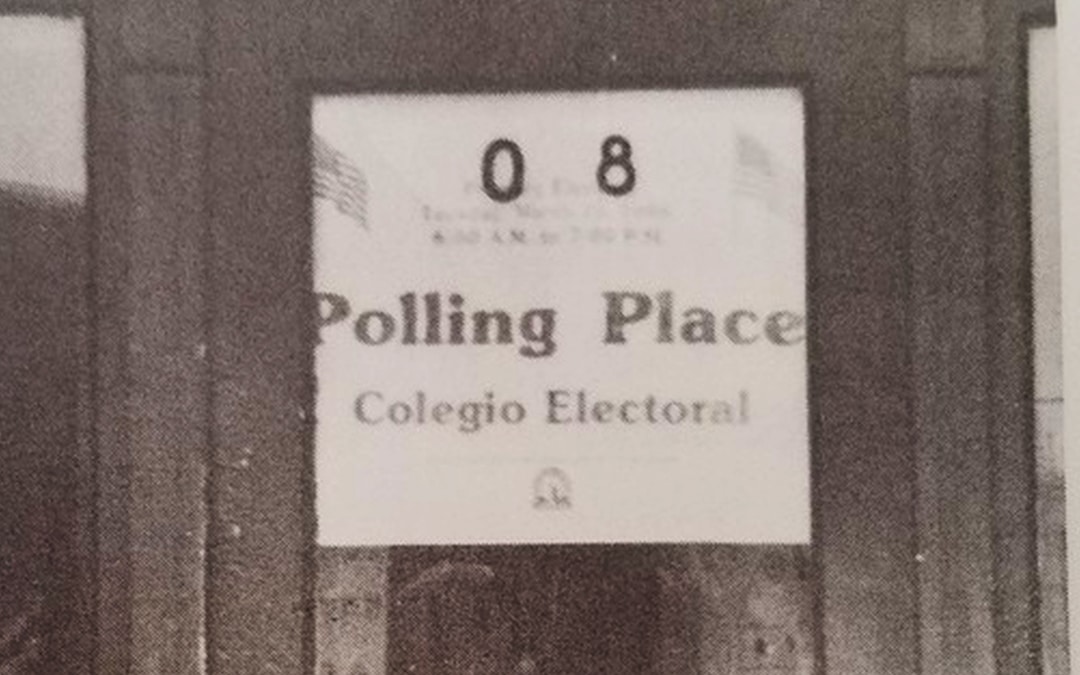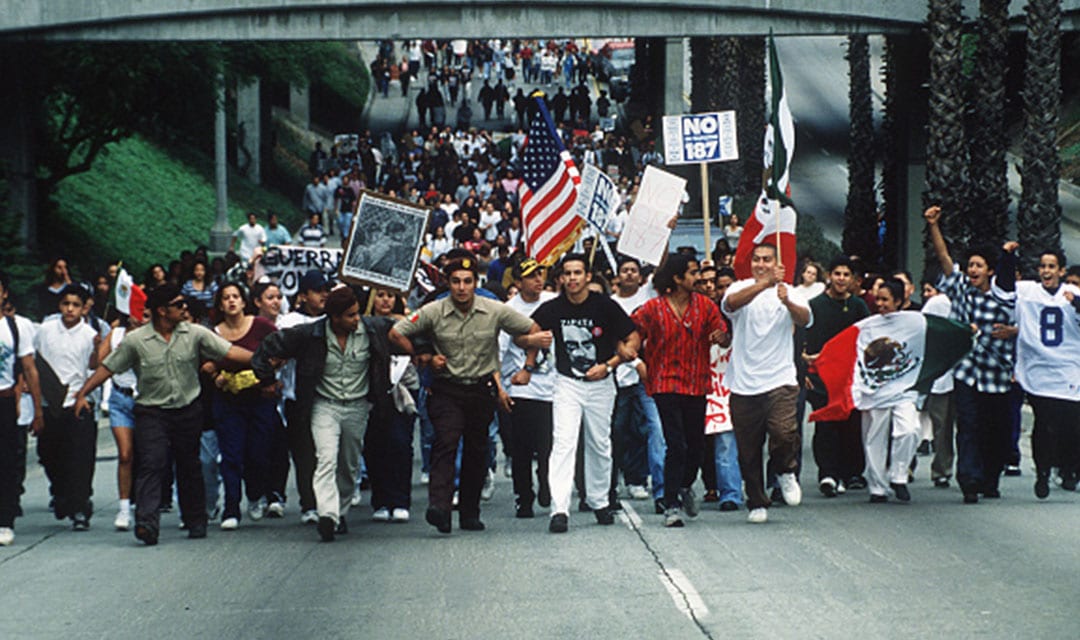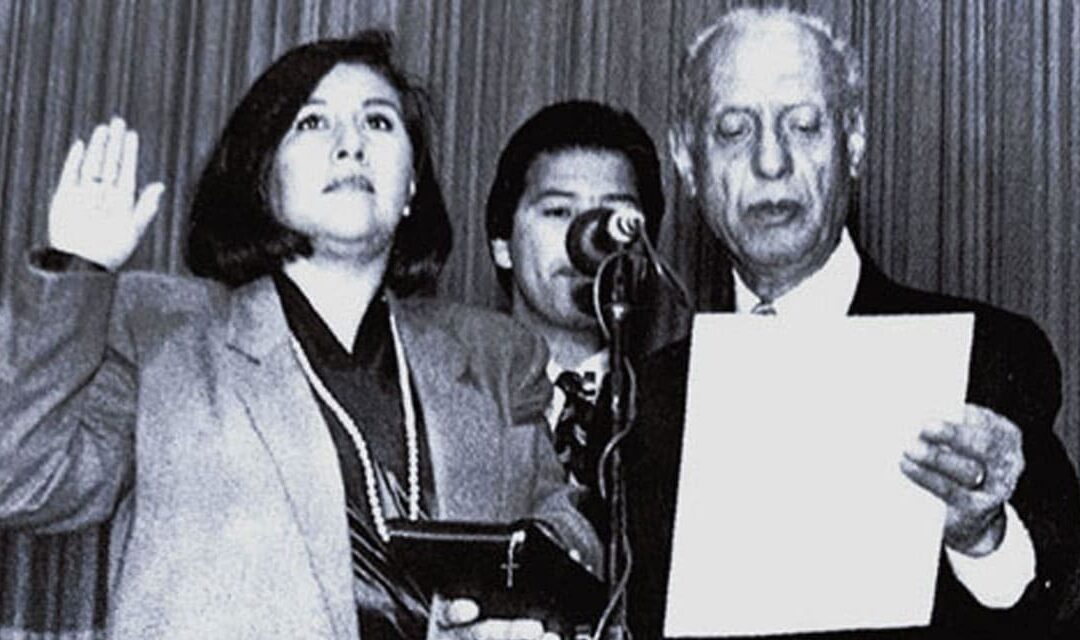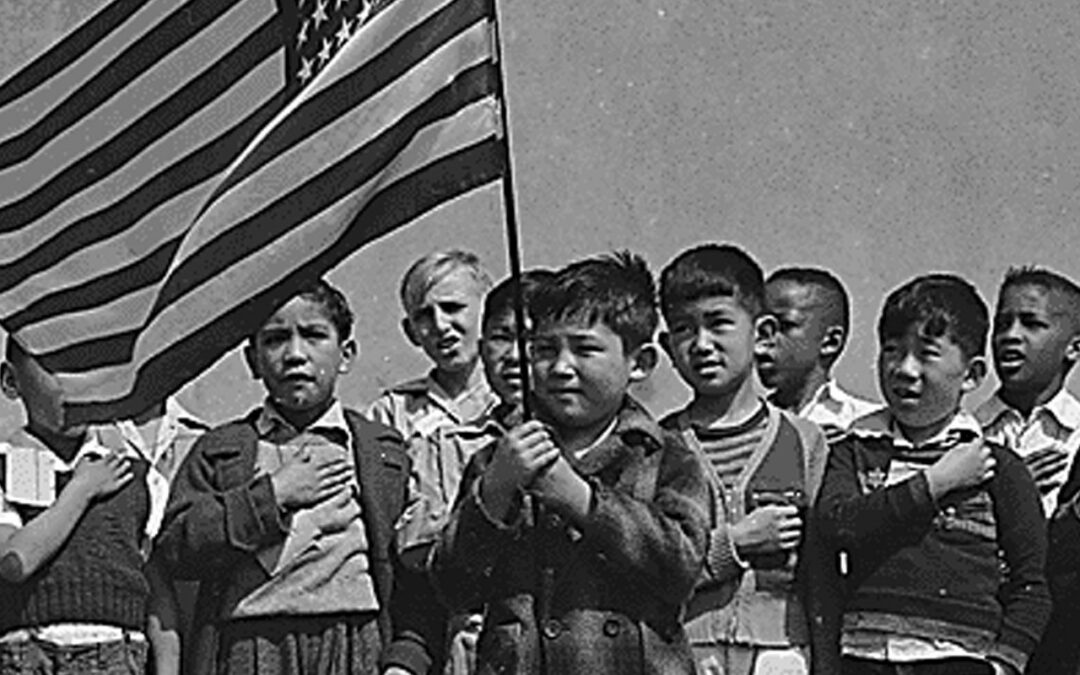In the 1990s and the early 2000s, retailer Abercrombie & Fitch, was the hottest place for young people to shop and work. Ubiquitous in malls throughout the U.S., A&F presented a casual “all-American” look that felt exclusive. But that exclusivity was built on an all-white image that left Latinos, Blacks and Asian Americans out of its workforce.
